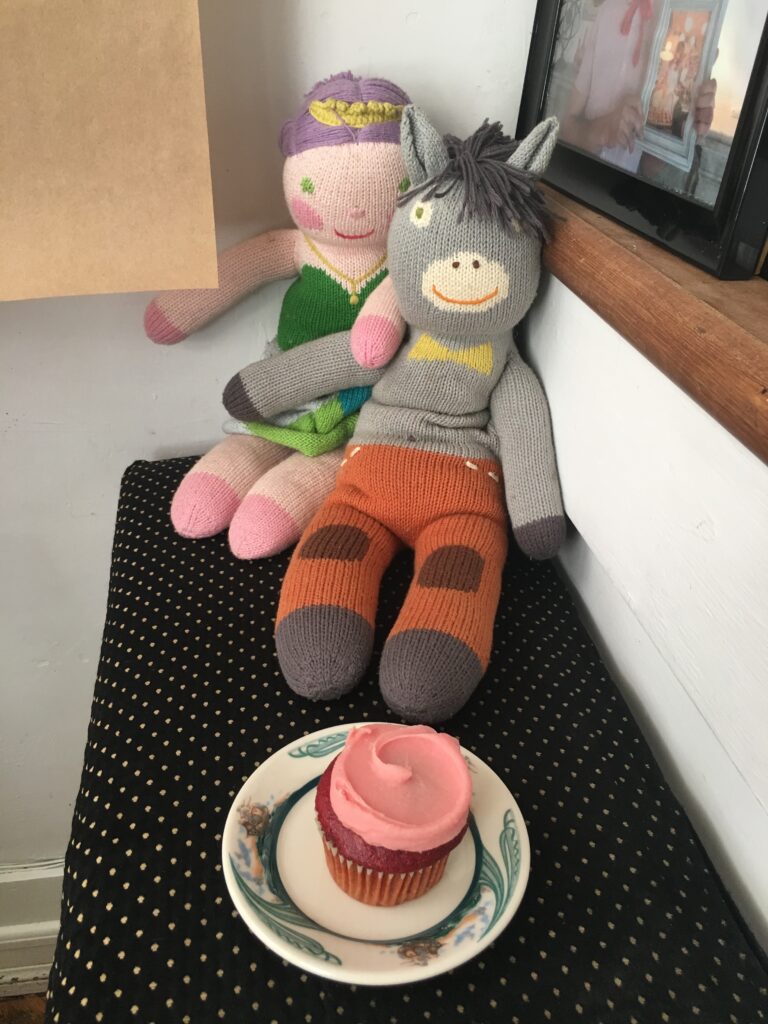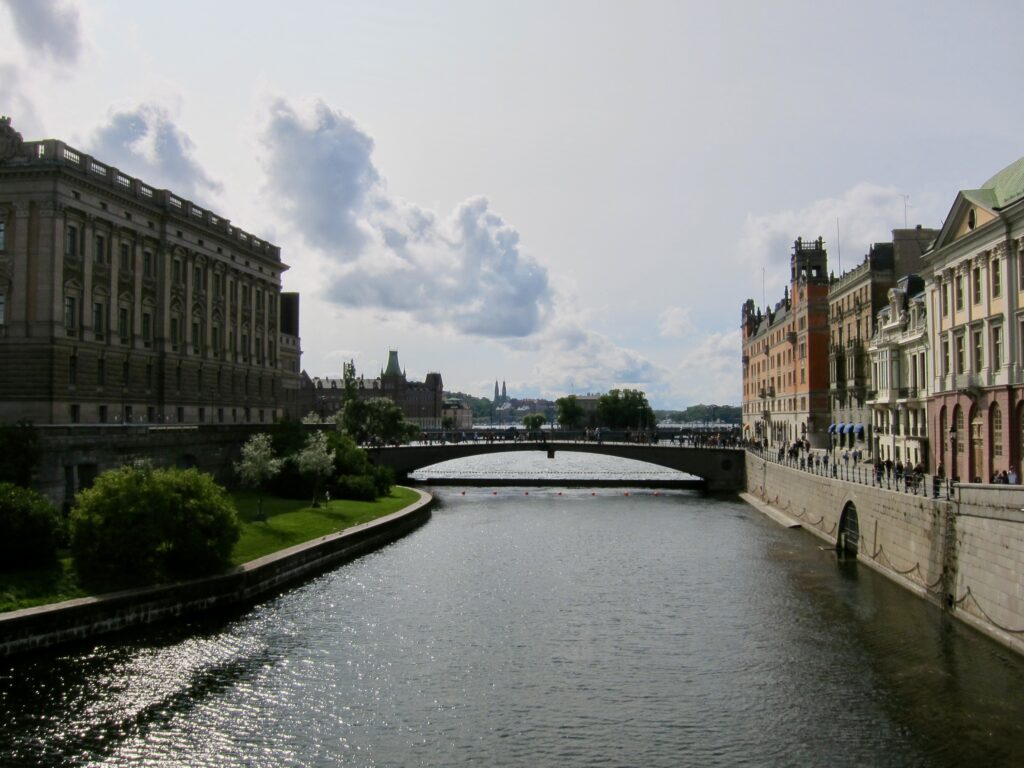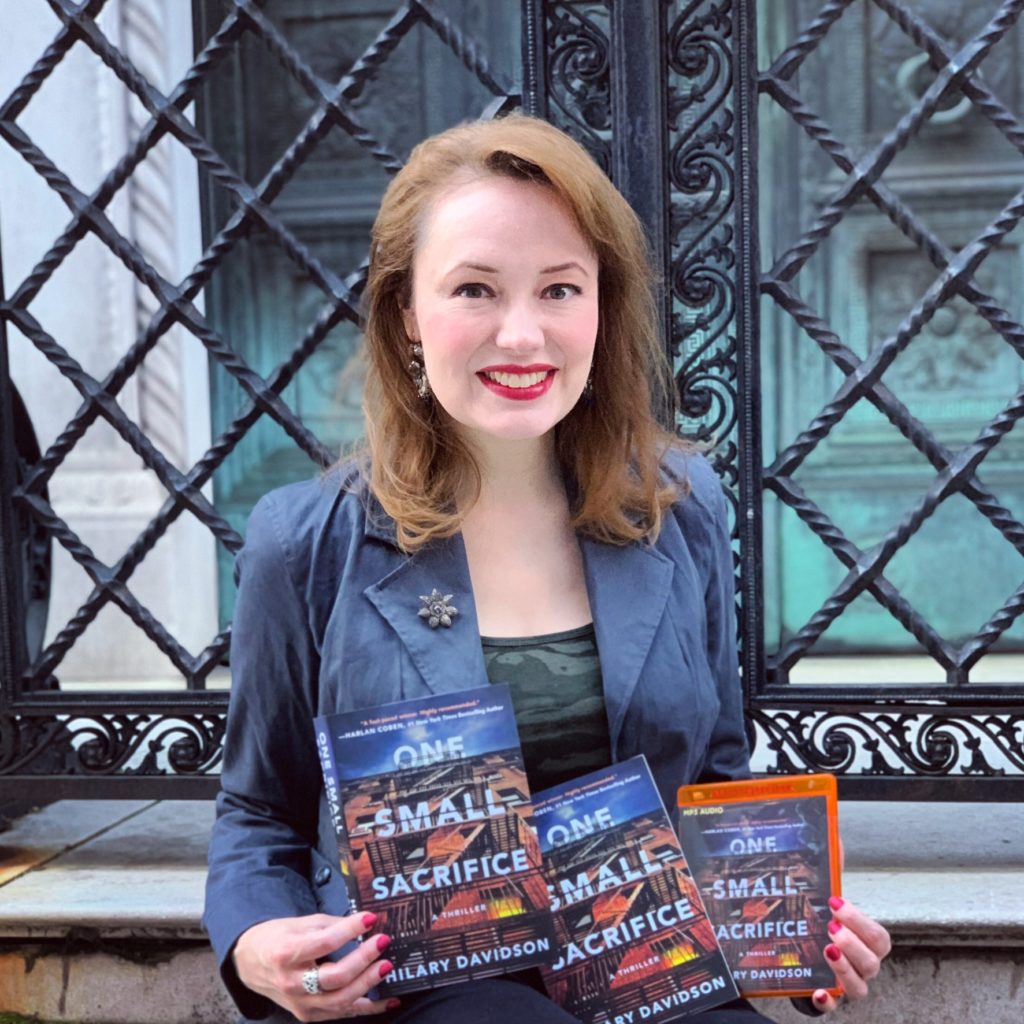
No one likes losing their favorite restaurant, but it’s even more difficult when you’ve got a food allergy or intolerance. Let’s be honest, it’s not like you can go just anywhere to eat, so the loss hits harder. That was how I felt about Bistango, an Italian trattoria in Kips Bay, on the east side of Manhattan. Its last day of business was March 16, 2020, when the pandemic forced all New York City restaurants to close. Sadly, it never reopened.
For years, Bistango was my go-to spot for a great gluten-free meal: I’d visit with a gang of fellow writers during Thrillerfest (an annual conference for crime writers), and at least once a month with visiting friends in tow. It was a favorite spot for my parents, my nieces, and my husband and me when we wanted a quiet night out. It was perfect for celebrating birthdays, anniversaries, and no occasion at all. I remember eating there a week after Hurricane Sandy hit; my husband and I had no food in our fridge, and we were thrilled to find out Bistango had just reopened that day. It turned out that the restaurant had a very short menu that night, yet the warm welcome and attention to gluten-free dining was the same as ever.
But this isn’t a post to mourn the loss of Bistango, it’s to celebrate the one that’s still around. In 2014, the restaurant’s charming manager and host, Anthony, worked on the opening of a sister restaurant at the Kimberly Hotel on East 50th Street, a short walk from Grand Central Terminal. The hotel restaurant was both new and familiar: it has an extensive menu of gluten-free flatbread pizzas — something the original never had — as well as offering a satisfying menu of pastas and main courses, all of which can be prepared gluten-free. Some restaurants now offer gluten-free penne, but it’s rare to find gluten-free ravioli. Literally everything on Bistango’s menu can be prepared gluten-free, from the chicken parmesan to the grilled red snapper.
There’s more: all of the desserts are gluten-free, from the chocolate lava cake with salted caramel gelato to the mascarpone cheesecake with blueberry compote. (Recently there’s been a pistachio cannoli on the menu that I’ve been obsessed with. The menu changes with some frequency, though.)
The tagline on Bistango’s website is, “One always feels at home when gathered with friends and family at Bistango.” For me, that’s definitely been true. I’ve been there lately with groups of visiting friends, my literary agent, and a childhood friend and her eight-year-old daughter, and Bistango has made everyone feel at home. (My husband chose it as the spot to celebrate his birthday.) While gluten-free dining is their specialty, they’re also careful with other food allergies, and vegan options are available. I’ll always miss the original location, but Bistango at the Kimberly has earned its own special place in my heart.










